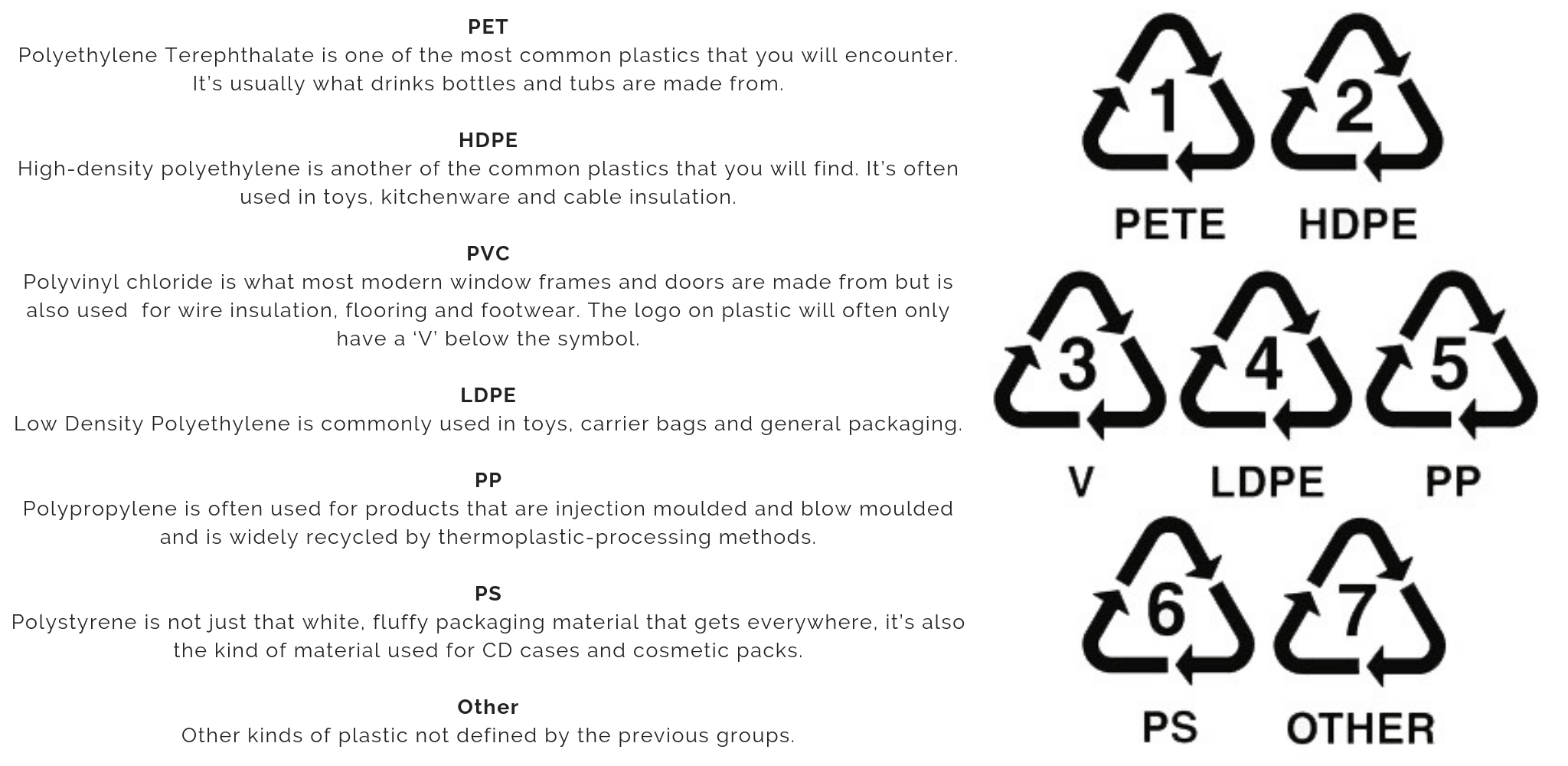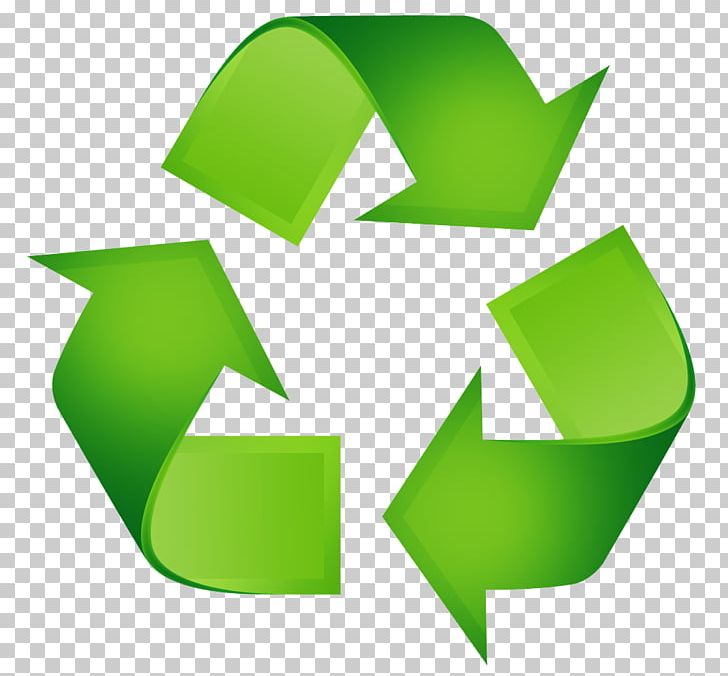
Plastic #2 is typically opaque and is used for containers such as shampoo bottles, yogurt tubs, and milk jugs.Ĭan it be reused? Sure.

It is relatively safe for reuse when compared to other plastics, but the above points should be taken into consideration before doing so. Additionally, bottles made of this plastic can potentially leach carcinogenic chemicals into its contents when exposed to heat. Plastic #1 is typically clear and is used in many disposable bottles, such as those holding water, pop, or household cleaning products.Ĭan it be recycled in Toronto? Yes! This plastic can be picked up by the majority of curbside recycling programs.Ĭan it be reused? Plastic #1 is porous, which can allow bacteria and flavoring to accumulate. (1) PET or PETE (Polyethylene Terephthalate) In other words, here are the seven horcruxes of plastic (Get it? Because plastic is basically immortal? Mic drop. Without further ado, here’s the inside scoop on the seven standard plastic classification numbers. If we understand what each of these numbers means, it can help us determine whether or not a plastic can be recycled or safely reused, along with other characteristics such as toxicity levels. But how can we tell the difference?Įver noticed the little numbers inside the recycling symbols on many of your plastic products? This is called the Resin Identification Code, each of those numbers represents a particular plastic with a specific chemical composition. Some plastics can be recycled while others cannot some plastics can be safely reused while others are said to release microplastics or harmful chemicals with continual use. What many people don’t realize, however, is that not all plastic is made equal. In today’s society, plastic is used extensively and constitutes the vast majority of commercially available packaged products.

Obviously, the recycling process is not nearly as simple as it may have seemed back in the day – particularly when it comes to plastic! We became familiar with the cute little triangle of arrows which indicated that the blue plastic container of our Dunkaroos snack could be recycled back into a new pack of dip-able cookies for more kids (…and, let’s be honest, adults) to enjoy (hooray!). This is usually a mish mash of lots of different plastics and is pretty tricky to recycle.In elementary school, we learned about the importance of reducing, reusing, and recycling. PS is used in disposable coffee cups, plastic cutlery and packing foam. 6 = PS, Polystyrene or Styrofoam, hard or not possible to recycle, so try to reuse or avoid it. PP is used in tupperware, disposable cups, and some food containers.

5 = PP, Polypropylene, hard or not possible to recycle, so try to reuse or avoid it. 4 = LDPE, Low-Density Polyethylene, also capable of being recycled, but check with your local authority. 3 = PVC, Polyvinyl Chloride, and is capable of being recycled but harder to do so, so check with your local authority. 2 = HDPE, High-Density Polyethylene, and is also widely recycled. 1 = PET, Polyethylene Terephthalate, and is widely recycled. Plastics are classified into one of seven categories, each one a different material that is more or less easy to recycle. The numbers and letters act as identification for the recycling teams. Three arrows in a triangle means that the item is capable of being recycled.


 0 kommentar(er)
0 kommentar(er)
